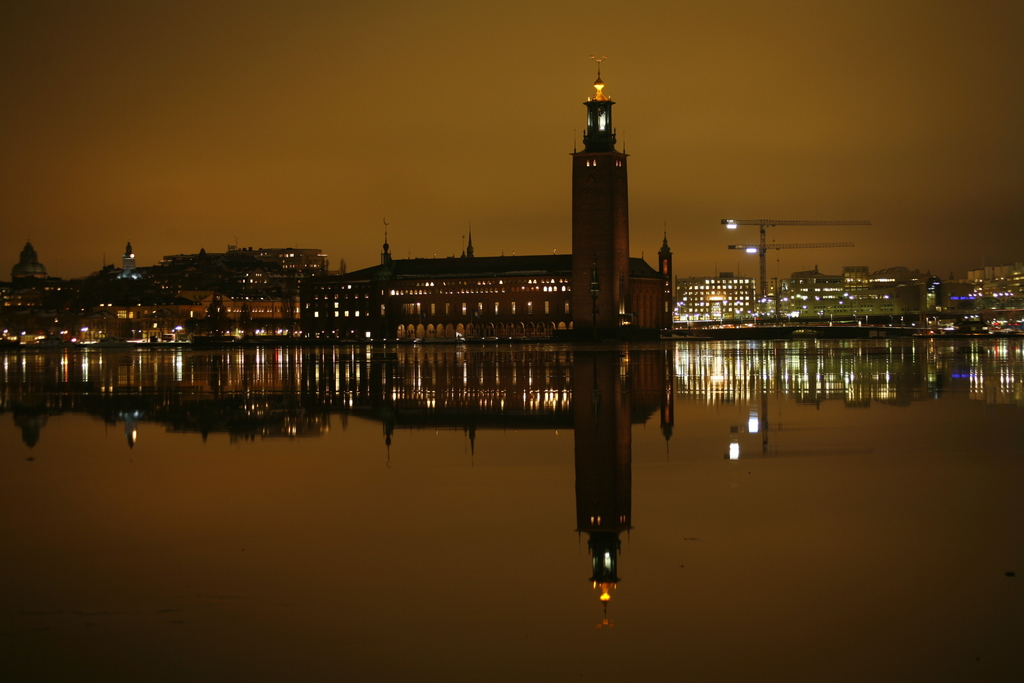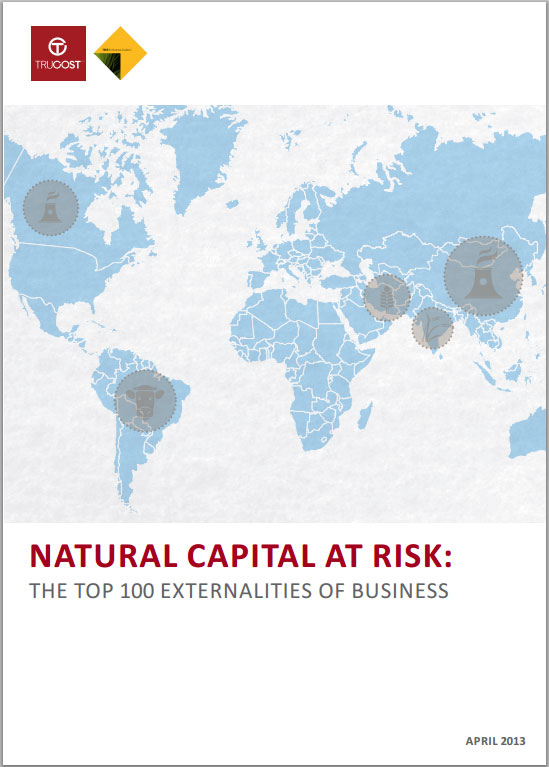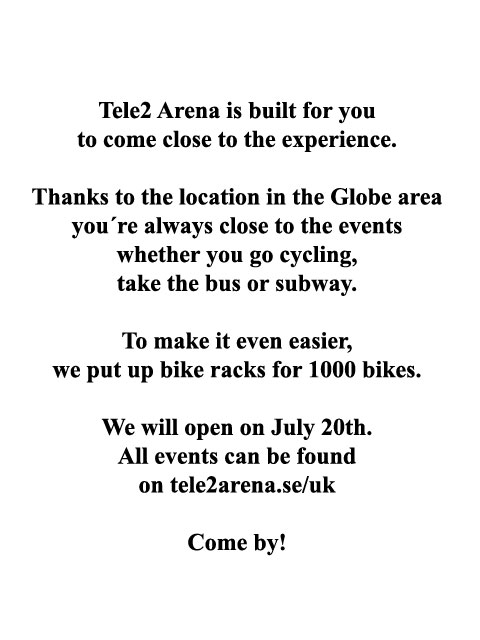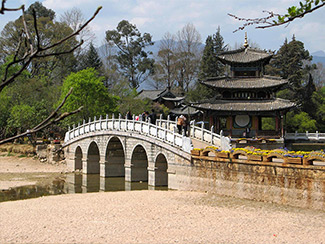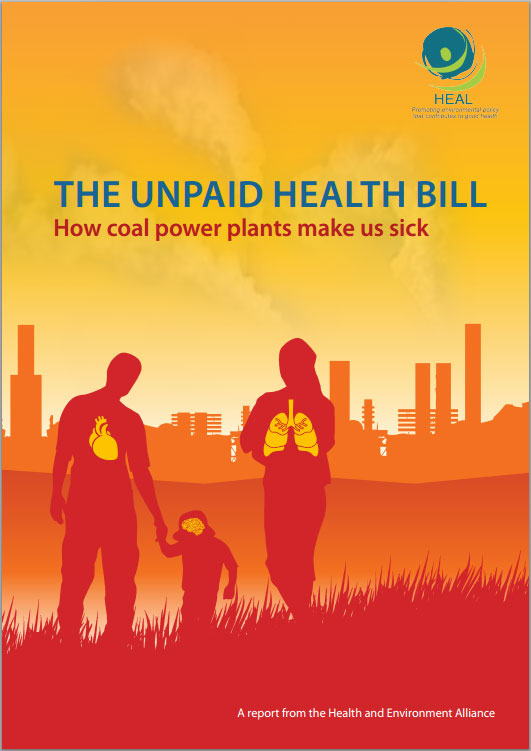Posted on June 23, 2013 by Dan Gilmartin
Stockholm, Sweden
I am in Stockholm, Sweden this week with 200+ others from around the world attending the Future of Places conference, a forum established to transform places through placemaking and efforts in public spaces.
After an opening reception this evening at City Hall, things kick-off tomorrow morning. I will update the blog throughout the week with items of interest. I am also presenting to the group on Tuesday about our efforts underway in Michigan to revitalize our state through placemaking and entrepreneurship.
Check back when you can. Twitter users may also want to follow @DPGilmartin, @PPS_Placemaking, and the hashtag #FutureofPlaces.
********************
6.26.13
The end of the meeting was quite interesting, and entertaining. A schism between the global south countries that were represented and those in the north came to the forefront. Many in the global south struggle with the basic elements of public space (namely access and safety). So they come at the issue from a much different direction. A woman who works in Mumbai asked, “how do you create public spaces in a slum that houses 1,500 people per acre?” Excellent question. I am sure that these issues will come up again when the group convenes in 2014.
In all the summit was a great experience. I learned much from the participants and look forward to our continued efforts in placemaking and improving the public realm for everyone. Thanks to the sponsors for making it happen.
- Andres Duany, never at a loss for opinion, spoke to the group in an effort to recap the event. Highlights from his observations: 1) ‘Specialists’ ruin cities. You can’t ONLY care about housing, transport, art, etc. It must be about everything; 2) Modernist planning and architecture does not lend itself to people. Chinese planning, which looks in his opinion to mimic Orange County, CA is a collective cruelty on its people; and, 3) Faceless international private sector banks are running on auto pilot, buying commercial property that “fits” their outdated formulas for making money and reeking havoc in the market for new urban and traditional financing.
- Listening to Katherine Loflin speak about the Knight Foundation’s Soul of the Community report. The true connection between a city and its people can have a positive lasting effect in economic growth, quality of life, and other areas. Findings confirm this.
- Some themes from Day 2: See Day 1

6.25.13
- Placemaking can offer elected officials a long term strategy for political capital AND a platform for short term wins-Peter Smith
- Adelaide, Australia CEO Peter Smith says his city’s crisis is a crisis of comfort where they have become satisfied with their own expertise. Procedures can crush innovation. He believes that governmental structure needs transformational change, not incremental movement. True dat.
- I just shared Michigan’s story of placemaking with the attendees. Stressing that good placemaking is good economics, I focused my talk on how the League and its partners (including MSHDA) are working to move though out private business and various government sectors to create unique, vibrant places. Thanks to PPS, Ax:Son Johnson Foundation, and UN-Habitat for the opportunity to share.
- There is a focused effort in many Latin American cities to reclaim the street for multi-modal transportation uses that help connect people and places.
- Hilmy Mohamed, President of the Mayors Association of Sri Lanka, is working to transform his community using a green city concept- composting, green space, botanical gardens, etc.
- Nice presentation from Dr. Jed Patrick Mabilog, Mayor of Iloilo City in the Philippines (population 500,000). The goal of the Iloilo City project was to engage citizens and grassroots organizations in all plans of urban transformation and growth. Participation was increased through surveys, social networks, consultations with experts and work though task forces. The result was the “My city, my pride” that was meant to provide a sense of empowerment for the people and increase participative government. Accomplishments include a river restoration, the creation of a wetland and bird sanctuary, rehabilitation of a 500-year-old public plaza, new efforts in flood control, the creation of a community college, and additional low income housing.
- Those interested in the administration of public spaces may want to check out the Charter of Public Space.
- Some themes from Day 1- The public realm must include everyone in the community planning. Often it does not. Gentrification, that ugly word, is alive and must be dealt with when transforming places within communities. Placemaking can be an excellent entry point to dealing with climate change.
6.24.13
- Regarding financing for city projects there is a major dilemma that is retarding placemaking efforts in cities that require capital. Namely, banks tend to lend to large scale projects that fit an old fashioned formula . Yet, in cities it is often the magic that is produced by one-of-a-kind smaller developments that give places their souls. Something to watch, for sure.
- Walkable urban place management is a missing level of governance in U.S., according to Chris Leinberger. I agree. That is why our work at the Michigan Municipal League is so relevant. We must figure out how to best deal with places at ever level- the street, neighborhood and city levels.
- In the US the ‘drivable suburban fringe’ is responsible for most CO2 emissions. The walkable urban core emits only 1/6 as much by comparison- Chris Leinberger
- Historic places are remarkably similar in how they are structured. Climate and cultural differences aside, they function at the street level in much the same way. These old, largely “unplanned” places create a sort of ‘deformed wheel’ scheme. They are integrated networks.
- The essence of civic behavior is essentially the main street where people come together. Without it, we might as well not have cities.-Murrain
- Unless the built environment allows you the ability to transact then you simply can’t do it- which is the whole reason for having public space to begin- Paul Murrain
- Everyone must be represented in the public domain. As places change or are reprogrammed there is often a crisis of identity among the inhabitants.
- Diversified patterns of work of today’s white collar workers are changing patterns and needs within cities. Public spaces play a crucial role in adjusting the city to its inhabitants, however displacement is a problem if a city does not take into account the needs and desires of all groups (see European capitals).- Madanipour
- Ali Madanipour is critical of modernist architecture as it often interrupts public spaces. Modernist space serves the building, not the space around it. Unfriendly to the public sphere. <True
- Knowledge based workers and tourists view the quality of architecture and public spaces as critically important “soft” attractants. Investments in public spaces is vital ingredient in the local economy. Results are clear.
- Cities are important to the deindustrialization of western cities and their move towards a service based economy.
- In the best areas, public spaces are reclaimed from the car for uses like gardening, walking, biking and the like.
- Recent technology was thought to be the end of cities, yet urban living thrives. Economies of scale, innovation and living opportunities are reasons why. Provision of high quality public space is vitally important to continued quality of life.
Alfredo Billembourg and Hubert Klumoner, UTT
- Urbanism must break down barriers of poverty and social inequity. Designers must become activist in their work.
- Slums and barrios around the world are increasingly becoming security hot spots, in addition to unsustainable living areas.
- One billion people live in squatter cities worldwide. This will double by 2030. 60 to 90 percent of urban growth is in slums.
- We must “Wake Up” as city leaders. Urbanism cannot be unsustainable, asymmetric, intolerant, problematic- Hubert Klumpner of Urban Think Tank
- The Summit is the first of three meetings that will lead to an adoption of “Declaration of Urban Spaces” to be presented in 2016 at Habitat 3.




